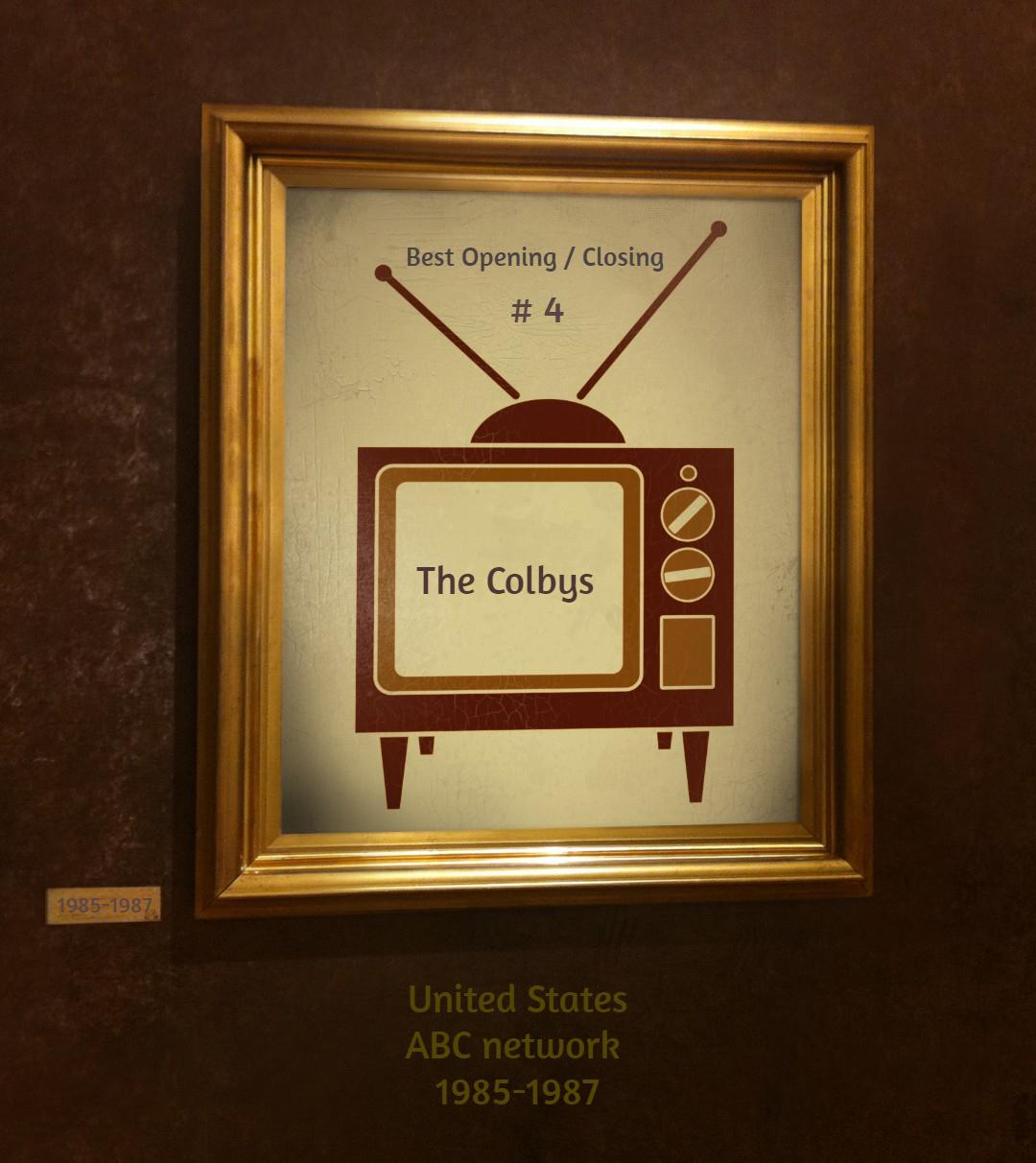In the world of cinema, where the magic of storytelling often begins long before the first scene is shot, the journey of creating a film is as captivating as the final product itself. “Disclaimer,” a film that has captured the imaginations of audiences worldwide, is no exception. From the outset, the production was shrouded in an air of mystery, with each stage of filming meticulously crafted to maintain an aura of suspense that would translate seamlessly onto the screen. As we peel back the layers of this cinematic enigma, we delve into the heart of how “Disclaimer” managed to keep both its cast and crew—and eventually its audience—on the edge of their seats. Join us as we explore the innovative techniques, behind-the-scenes anecdotes, and the unwavering dedication that transformed the filming process into a suspenseful narrative of its own.
Building Mystery: The Art of Script Teasing
In the captivating world of filmmaking, maintaining suspense is an art form that requires precision and creativity. The creators of “Disclaimer” excelled at this by crafting a script that was as much a mystery to the cast as it was to the audience. By strategically revealing plot details and character arcs, they ensured that the tension remained palpable throughout the filming process.
One of the most effective techniques used was the implementation of script teasing. This involved providing actors with only the necessary portions of the script, leaving them in the dark about the overall storyline. This approach not only heightened the actors’ performances, as they reacted genuinely to unfolding events, but also preserved the enigmatic aura of the narrative. The result was a film that kept everyone guessing, both on and off the set.
- Partial Script Distribution: Actors received only their scenes, maintaining the mystery.
- On-the-Spot Revelations: Key plot twists were disclosed just before filming to capture authentic reactions.
- Collaborative Improvisation: Encouraged actors to contribute creatively, adding layers to the suspense.
This meticulous approach to script management not only fostered a dynamic and engaging filming environment but also ensured that “Disclaimer” remained a compelling enigma until its final cut. The result was a cinematic experience that resonated with authenticity and suspense, drawing viewers into its mysterious depths.

Creating Atmosphere: Lighting Techniques that Heighten Tension
In the realm of cinematic storytelling, lighting serves as an unsung hero, subtly weaving tension into every frame. The filmmakers behind “Disclaimer” expertly harnessed this power, crafting a visual narrative that kept audiences on the edge of their seats. By manipulating shadows and highlights, they created a world where uncertainty lurked in every corner, enhancing the film’s suspenseful atmosphere.
Key techniques employed included:
– Low-Key Lighting: This technique was used to cast deep shadows and create high contrast scenes, enveloping characters in an aura of mystery and intrigue.
– Backlighting: By placing lights behind characters or objects, the filmmakers added an ethereal glow that suggested hidden motives and secrets, leaving viewers questioning what lies beneath the surface.
– Color Temperature: Cooler tones were strategically used to evoke a sense of unease, while warmer hues were reserved for moments of false security, playing with the audience’s emotions and expectations.
These lighting choices not only enhanced the visual storytelling but also deepened the psychological impact of each scene. The interplay of light and shadow became a character in its own right, silently narrating the unspoken tensions and unrelenting suspense that defined “Disclaimer.”

Mastering the Unseen: Sound Design for Suspenseful Scenes
In the intricate world of sound design, creating suspense is an art form that requires a delicate balance of subtlety and intensity. The film “Disclaimer” exemplifies this mastery by weaving a tapestry of auditory elements that keep viewers on the edge of their seats. The sound designers employed a range of techniques to maintain an atmosphere of tension, crafting an auditory landscape that was as pivotal as the visual storytelling.
- Layered Soundscapes: By layering ambient sounds, such as distant thunder or the faint rustling of leaves, the sound team created a sense of foreboding that lingered in the background, enhancing the narrative without overwhelming it.
- Silence as a Tool: Strategic use of silence amplified moments of suspense, allowing the audience to focus on the characters’ emotions and anticipate the next twist.
- Unexpected Juxtapositions: The juxtaposition of contrasting sounds, like a sudden burst of noise following a quiet scene, jolted viewers and heightened their sense of unpredictability.
Each sound cue in “Disclaimer” was meticulously chosen to serve the story, transforming ordinary scenes into gripping moments of tension. The result was a cinematic experience where sound played a starring role, demonstrating that the unseen can be just as powerful as the seen in creating suspense.

Engaging the Cast: Techniques for Sustained Performance Tension
To keep the suspense alive in “Disclaimer,” the production team employed a variety of innovative techniques to ensure the cast remained deeply engaged and the tension palpable. One of the most effective methods was the use of immersive environments. By crafting sets that mirrored the eerie and unpredictable world of the script, actors were naturally drawn into their roles, feeling the weight of their characters’ dilemmas and uncertainties.
Another technique involved dynamic scene rehearsals. Rather than sticking to a rigid script, directors encouraged actors to explore their characters’ reactions in real-time, allowing for spontaneous and genuine expressions of tension. This approach not only kept the actors on their toes but also introduced an element of unpredictability that mirrored the suspenseful narrative.
- Interactive Workshops: These sessions allowed the cast to delve deeper into their characters’ psyches, exploring motivations and fears that fueled the story’s suspense.
- Real-time Feedback: Directors provided immediate input during filming, adjusting scenes to heighten emotional impact and maintain narrative tension.
- Collaborative Storytelling: Actors were encouraged to contribute ideas, fostering a sense of ownership and investment in the unfolding drama.


